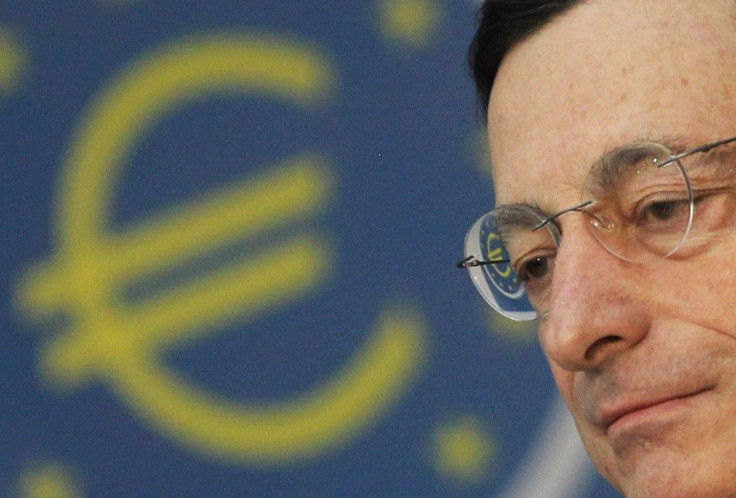Spanish Banks Could Get First Funds In $120 Billion Bailout This Month

One of the euro zone's two bailout funds could begin disbursing monies to Spain at the end of this month in a €100 billion ($120 billion) rescue of the country's embattled banks, according to an article by the Associated Press based on a story in the German newsweekly Der Spiegel on Saturday.
The first payment of €30 billion ($36 billion) would come not from the permanent European Stability Mechanism, or ESM, but from the temporary European Financial Stability Facility, or EFSF, AP reported.
Of this total, €20 billion ($24 billion) would be employed to bolster Spanish banks' short-term finances and €10 billion ($12 billion) would be used as a longer-term emergency buffer, AP said.
Three additional payments of €15 billion ($18 billion) apiece would be made in November, December, and next June, according to AP's account of Der Spiegel's report.
In addition, the euro zone would make available as much as €25 billion ($30 billion) for the creation of a so-called bad bank, which would buy hard-to-sell distressed debt, AP reported. This maneuver would allow so-called good banks to clean their dirty balance sheets.
Investors of all stripes have become increasingly nervous about placing money in Spanish banks, AP said, so they have had to tap the European Central Bank for financing. As a result, ECB loans to Spanish banks rose 17 percent from May to June.
As is the case with all the other bailouts in the euro zone, the rescue of the Spanish banks is being monitored by representatives of the so-called troika: the ECB, the European Union, and the International Monetary Fund.
The Spanish bank-bailout program could have a long life, as a Bloomberg News account of Der Spiegel's report indicates it could be in operation until 2028.
© Copyright IBTimes 2024. All rights reserved.












